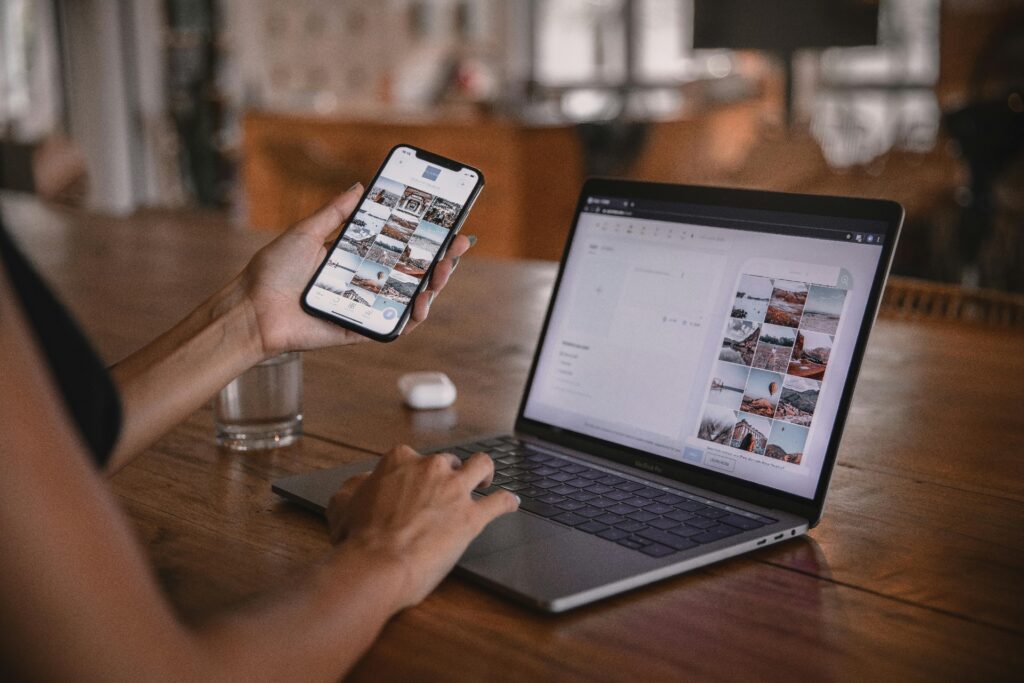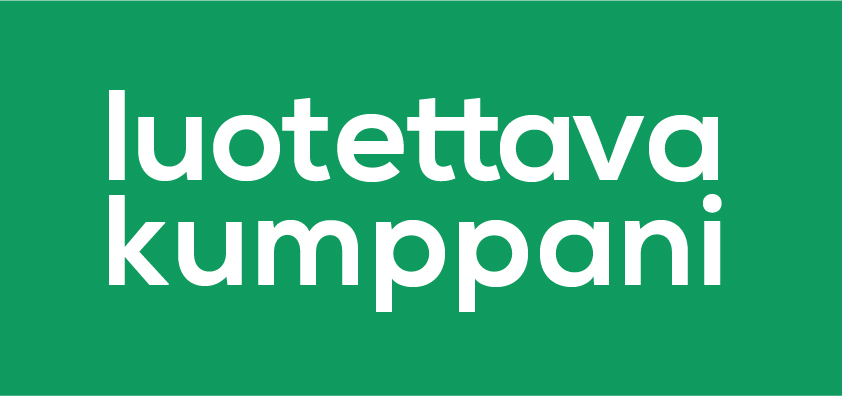What is a Webinar?
Nowadays, meetings and events on the internet are commonplace. Advanced technology makes it easy to study, work and even meet remotely, and people are increasingly taking advantage of the opportunities offered by the internet.
There are many types of online events, and they have become so common that different types of meetings have developed their own names. The best known is probably the webinar, which refers to a virtual event that takes place over the Internet and also allows two-way communication. A close relative of a webinar is webcast/livestreaming, where several participants follow one performer. Although webinars and webcasts differ, the principle is the same - a webinar held in real time over a remote connection. In webcasts, the participants' role is only to listen, but a webinar works like this:
- A webinar is an interactive meeting, training or information session
- While the webinar is running, participants can discuss either verbally or via chat
Where and how are webinars organised?

The webinar is useful for many

The challenges of webinars
Webinars are easy to organise, but learning the different functions can take some practice for beginners. In a good webinar, the technology works and the speech flows. The most common challenge for the organiser is technical problems such as internet disconnection, chat failures or screen sharing. The best way to avoid such problems is to test the equipment well before the webinar starts. Aslo media has developed workable solutions to make the presenter's job easier. Challenges during a webinar can also arise from inconsistencies or silent moments in the presentation, which is why it is a good idea to rehearse the presentation thoroughly before the seminar. Above all, webinars emphasise the importance of producing high quality and engaging content, as having participants in a different space from the presenter also poses challenges in maintaining the viewers' concentration.
Aslo Media has a long experience in producing webinars. Contact us and leave the technology to us!







